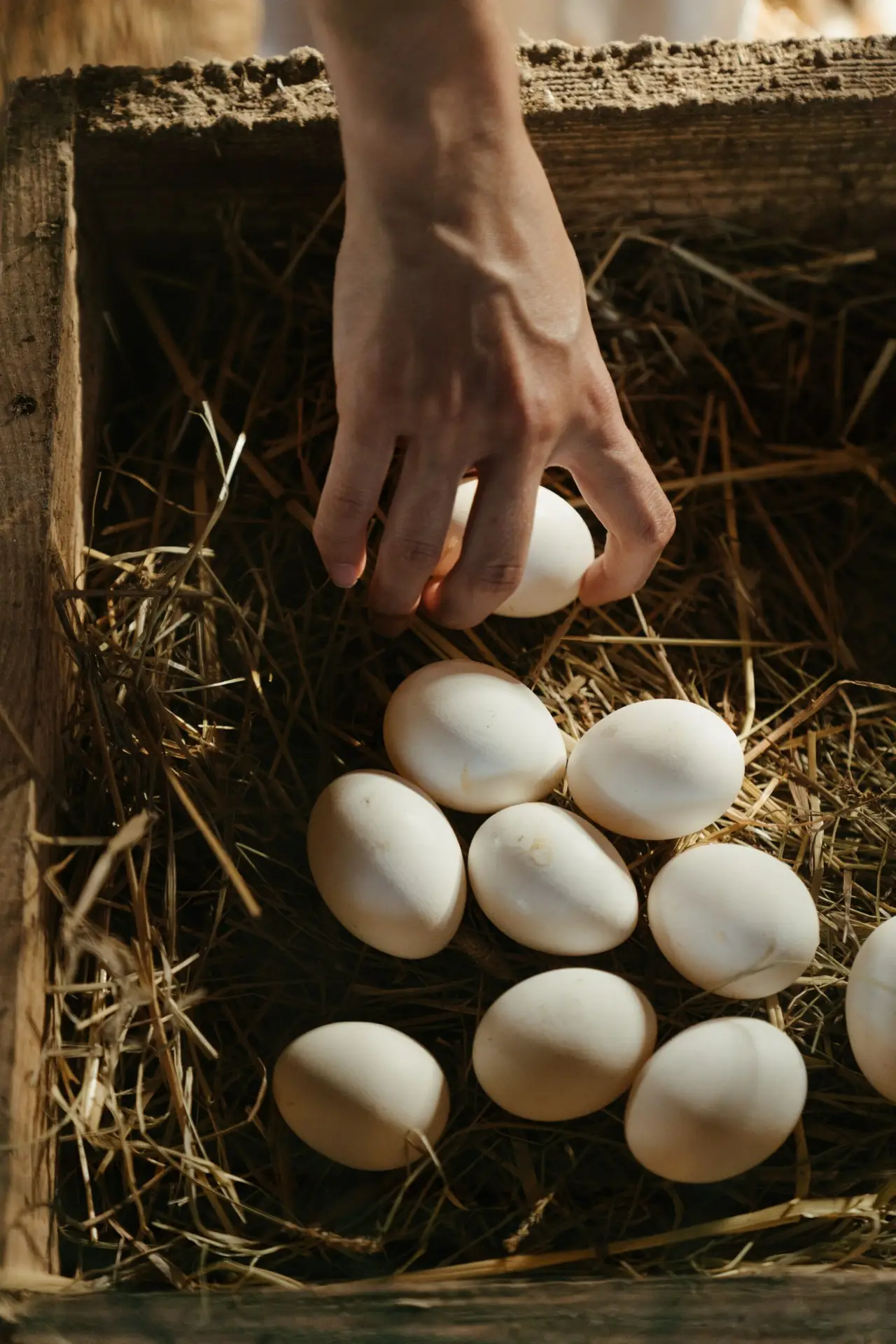

If you live in a northern climate where Elsa seems to lose her grip on reality from time to time, one of your primary worries regarding your flock will usually be how to protect it from the cold. The most basic strategy for helping your chickens continue to thrive during the winter is to choose cold-hardy birds from the outset. If you think about it, many breeds that originate in northern climates are descended from birds who were already able to withstand winter temper tantrums.
How Chickens Stay Warm
While most chickens are naturally more comfortable in cool weather than in hot weather, you can recognize many of the most popular cold-weather chickens by traits like smaller combs and wattles, or larger, fully-feathered bodies.
Smaller combs and wattles mean less exposure, reducing the risk or severity of frostbite. Larger bodies mean that your flock, collectively, can generate more heat on the roost or in the coop.
A solid and dense cover of feathers means better insulation. Building your flock with cold-hardy breeds can also help keep your egg production going in the winter, as many of these breeds may keep laying through the winter, though often at a reduced rate.
You may not realize this but chickens have a pretty high body temperature – they average about 105°F for full-sized birds. You might think this makes them more sensitive to colder temps outside but because of the way their feathers are structured, they trap their own body warmth underneath their plumage. Chickens will also huddle up for warmth along a roost. Combining all those heat sources can actually keep the inside of a coop quite a bit warmer than outside temperatures. And chickens also like to load up on the bedtime snack whenever possible. This keeps their internal energy-burning machine going through the night.
Many chicken keepers will toss out evening snacks that are harder to digest in order to give their birds’ bodies more work to do overnight and keep warm.
Five Popular Cold-Hardy Breeds For Frosty Climates:
- Rhode Island Red/New Hampshire Red – a dual-purpose bird bred in the northern U.S., these chickens are hardy enough to tolerate bitter winters as well as hot summers. The Rhode Island and New Hampshire share lineage and have even been cross-bred to produce Production Reds. These hens may even lay during the winter for you.
- Delaware – developed in the mid-20th century, this is a dual-purpose breed that grows quickly, with hens reaching 6 pounds or more. They have a little less comb and wattle area than the RIR, and they are a good layer of large brown eggs, even in the winter.
- Buckeye – developed in the late 1800s, the Buckeye is a large, dark red, friendly bird with a small pea comb. Buckeyes are solid egg-layers but are also good meat birds if your cold-hardy bird needs to be dual-purpose.
- Dominique – this breed is one of the oldest in North America, and is rumored to have been brought to the continent by Pilgrims. Also known as a Dominicker, their semi-flat rose comb helps them avoid frostbite on top of their heads, but their wattles are rather large. They are a breed that loves to forage and a reliable layer of brown eggs.
- Wyandotte – the rose comb isn’t their only winter-friendly feature. They also lay very reliably throughout the winter months. Wyandottes also come in a variety of colors and are popular for their laced feather patterns.
Help Your Chickens Stay Warm in Winter
Because chickens have substantial natural defenses against the cold, what they require from their keepers is pretty minimal. They can keep themselves warm when the weather crashes below freezing by roosting together in a dry, non-drafty location. Keeping dry can help prevent frostbite. Many of the larger breeds have a layer of down between their skin their outside feathers which will trap their own body heat as long their feathers are intact.
A chicken’s outer feathers also provide more protection from the cold when they are dry. Since all chickens do at night is sleep and poop, you can remove the water from their coop overnight to ensure that there is no increase in humidity in the coop at night. The tricky part is providing adequate ventilation to allow moisture to escape from, but not to allow drafty breezes into the coop.
Many chicken keepers also swear by corn. Dried, whole corn is a hearty snack that seems to boost a chicken’s metabolism. The energy they expend trying to digest it in their sleep is said to keep their body temperature where it ought to be in order to provide warmth.
To do this, you can throw whole corn or chops (cracked corn), or their favorite hearty scratch down in the late afternoon before they begin seeking out their roosts for the night. This will give them a slightly bulkier crop full of goodness that can purportedly keep their digestive system steaming along through the night.
Choose Your Best Chicken
There are a lot of different ways a budding chicken keeper can approach their choice of chicks – from what genders they can have, to what colored eggs they will lay, to how long their tails are. These are all personal choices that you get to make as you delve into the wonderful world of poultry raising. The sky, or rather, the yard is the limit.
A little careful consideration of the year-round extremes in your location will go a long way in helping you narrow down breeds of chickens you ought to consider – that is of course if you can’t have *ALL* the chickens.
Do you live in cold, white, north? What breeds have you raised successfully? What breeds would you like to raise in the future? Let us know in the comments!
Share:
Michelle
Blog Categories
Social Media
Most Popular

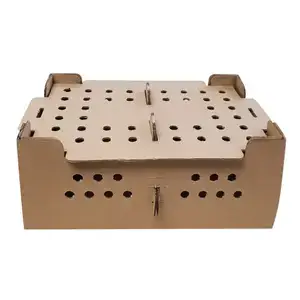
Tips for Chick Season
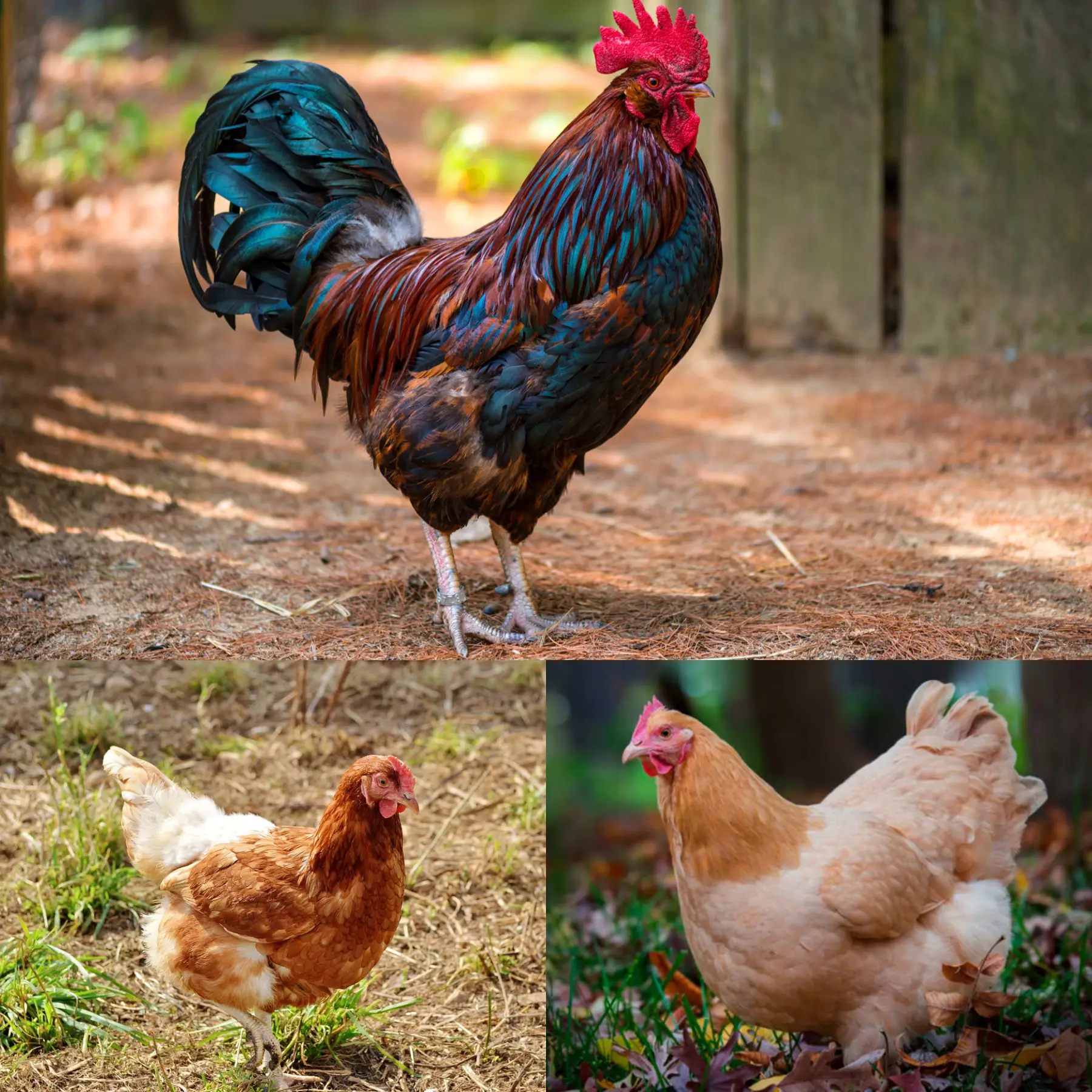
Quick Tips: Hen or Rooster?
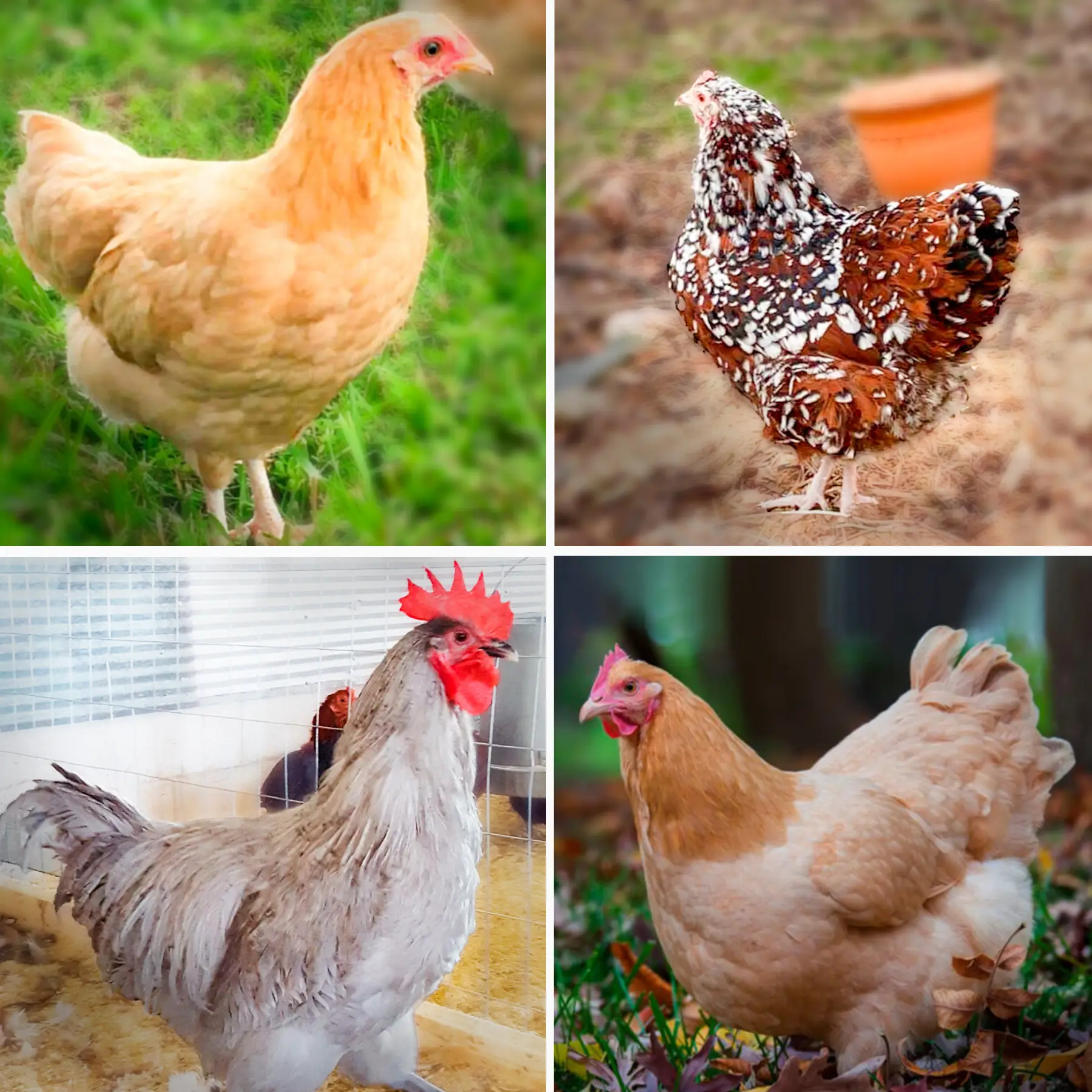
Top 5 Friendly Chicken Breeds for Your Family Flock!
Subscribe To Our Newsletter
Get notifications only about new products and updates.
Related Posts

Quick Tips: Addressing Egg Laying Concerns
Not Getting Eggs from Your Hens? Here’s What You Need to Know! Are your hens taking their sweet time before they start laying eggs, or

Tips for Chick Season
Hey there, chicken enthusiasts! Are you ready for the upcoming chick season at Valley Hatchery? Let us share some tips to make sure your season

Quick Tips: Hen or Rooster?
Image Source: Grubbly Farms If you’ve found your way here, you’re likely in that common situation of scratching your head and wondering, “Is my chicken

Top 5 Friendly Chicken Breeds for Your Family Flock!
Are you ready to add some feathered friends to your family? At Valley Hatchery, we’ve handpicked the top 5 friendly chicken breeds that are perfect


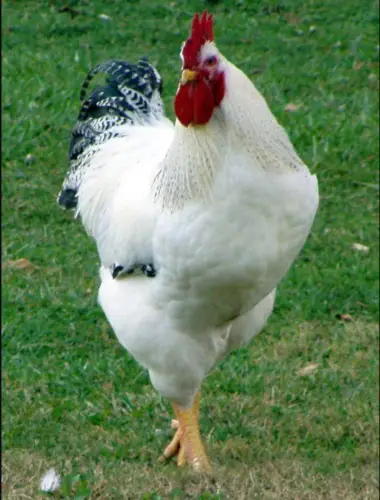
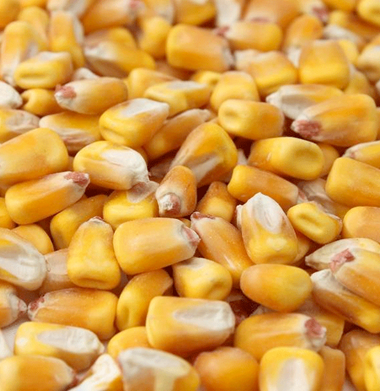
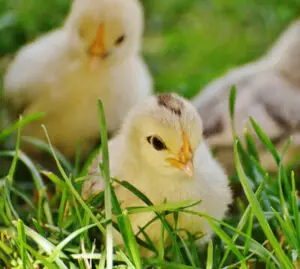
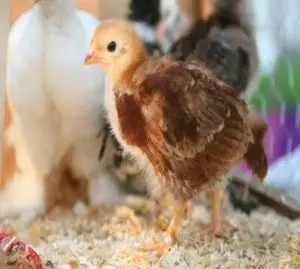


2 thoughts on “Choosing Cheeps Part 2 – Cold-Hardy Breeds”
We have a small variety of chickens, only 12 at most. They are pasture raised, free-range. In the past 10 years we have had Easter Eggers, Astralorps. Marans.and various mixed breeds.
In the past 10 years, we have had Copper Marans, Australorps, Barred Rocks, and a variety of mixed breeds. There is a large chicken house with heat for nght-time/cold weather. During the day they are generally free-range, but there is a large ( for 10-12 chickens) fenced area that can be used with access to the chicken house.